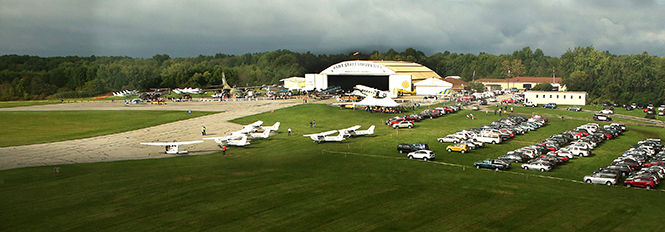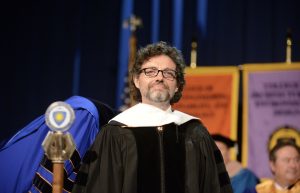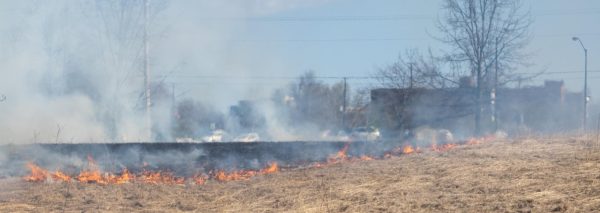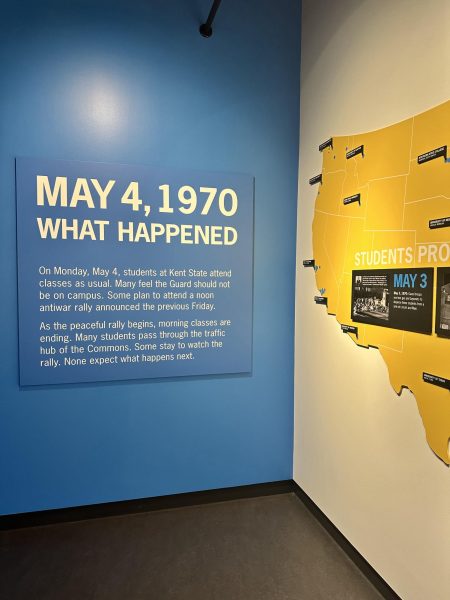Aeronautics program seeks options to improve runway, airport hangar
November 24, 2014
Members of the Kent State aviation program have started to address the needs and possible changes the Kent State University airport will undergo to adapt to the aviation curriculum.
The program hosted a meeting Nov. 20 that was open to the public to generate ideas for a master plan to make changes to the university’s airport. Aileen Maguire Meyer, project manager of the master plan, said the program is formulating a master reevaluate its needs in connection with the airport.
“The master plan is usually a 20-year planning process, but we usually try to reevaluate after a certain amount of years,” Meyer said. “In this particular case, we are going back to the beginning and trying to reestablish the process.”
The official master plan began after Kent State received a grant to develop the project by the Federal Aviation Administration in 2001.
In 2004, the university’s Board of Trustees called for the decommissioning and relocation of the flight school, but the plan was rejected.
The FAA issued Kent State a grant to complete a new master plan to reassess the existing needs of the aeronautics program.
Doug Bitter, a senior aeronautics major, said that one of the goals of the master plan was to get the community involved in what is happening with the airport.
“The community has the opportunity to learn about the different possibilities the airport can go through because of the plan,” Bitter said. “We want to see how well we can advance the program efficiently as well as having the community on our side.”
Currently, the airport has one active runway, which is 4,000 ft. long and 60 ft. wide. There are approximately 19,000 square yards of apron pavement and nearly 80 percent is available for aircraft storage, according to the master plan.
The current airport has a joint hangar/terminal building but has limited office space. It is only 1,540 square feet and the hangar space is 4,680 square feet and is in poor condition, the plan states. There is also a 24,000 square-foot conventional hangar for aircraft maintenance and storage that is also in poor condition.
The airport houses five temporary trailer facilities, four of which are owned by the aeronautics program, and those are also in bad shape, according to the airport master plan fact sheet.
The aviation program has five scenarios for improvement that it is forming, none of which the university has decided to undertake yet. The program will take comments from the general public in consideration when deciding an alternative.
Airport Operations Coordinator David Poluga said it is very important and beneficial that members of the community are able to ask questions be a part of what happens with the airport.
“These projects are extremely important in the long-term planning of the airport,” Poluga said. “By involving the public, we all share in the development of this.”
Bitter said it is important the plan is being evaluated now because of the soaring popularity the program has seen recently.
“The program itself has grown 80 percent over the last year and is expected to continue and we want to be able to support a larger fleet,” Bitter said. “We want to have options to improve the airport for that.”
Contact Andrew Bugel at [email protected].

























